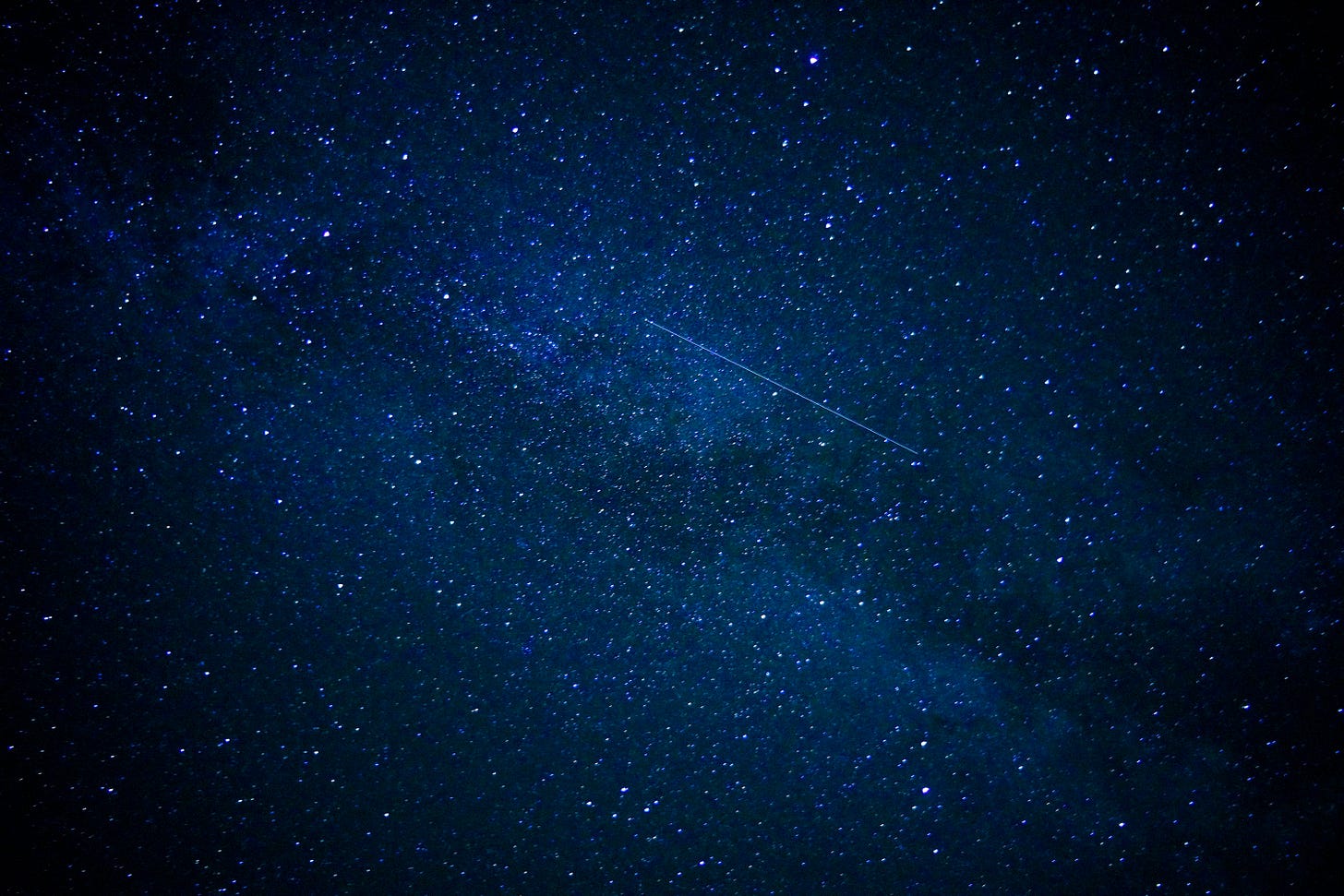The Oldest Mirror
For most of human history, the night sky wasn’t decoration — it was direction. Long before we had clocks or calendars, we had the stars. They were our first teachers — maps for travelers, guides for farmers, companions for dreamers.
In ancient Egypt, priests aligned temples to Sirius, the “Nile Star,” whose reappearance each year foretold the river’s flooding.
Polynesian navigators sailed thousands of miles across open ocean, guided by star paths they carried in memory.
In Greece, philosophers studied the heavens not to escape the world, but to understand their place within it.
Across Indigenous cosmologies — from the Diné to the Aboriginal peoples of Australia — constellations weren’t distant lights, but kin. Their stories carried ecological wisdom and reminders that life on Earth and life in the sky were parts of the same pattern.
To look up was to listen. The stars taught rhythm, patience, and proportion.
Losing the Night
Today, most of us live beneath a sky we barely see. City lights blur the constellations, and our attention orbits smaller screens. Instead of mapping the stars, we map our steps, our REM cycles, our heart rates — new constellations of data that promise control, not connection.
We track, measure, optimize. And still, we feel off rhythm.
When we forget the sky, we forget scale. We lose the quiet that reminds us we are part of something vaster than our own improvement.
The Science of Awe
Modern research has begun to rediscover what our ancestors already practiced.
Research shows that awe quiets activity in the brain’s default mode network — the region responsible for self-referential thought, or what I call the narrator. In that quiet, empathy rises, and the nervous system shifts from vigilance to presence.
This is why stargazing can feel like a kind of prayer. The body unwinds as the sky unfolds. Breath slows. Muscles loosen. The mind widens enough to remember: We were never separate to begin with.
A Simple Practice
You don’t need a telescope or mountain sky to begin. You just need a patch of darkness and a few unhurried minutes.
Step outside after dusk. Let your eyes adjust to the dark.
Feel your feet connect to the ground beneath you.
Choose one star and stay with it.
Breathe slowly until your body syncs with its steady light.
When your mind wanders, return to that tiny, distant flame.
That’s it. You’ve joined a lineage of watchers stretching back tens of thousands of years.
Where Attunement Lives
Stargazing doesn’t ask you to rise above life — it brings you deeper into it. It reminds the nervous system that stillness isn’t emptiness, and that vastness doesn’t mean disconnection.
In the quiet, something inside reorients. The narrator softens. The body remembers safety. Presence returns.



